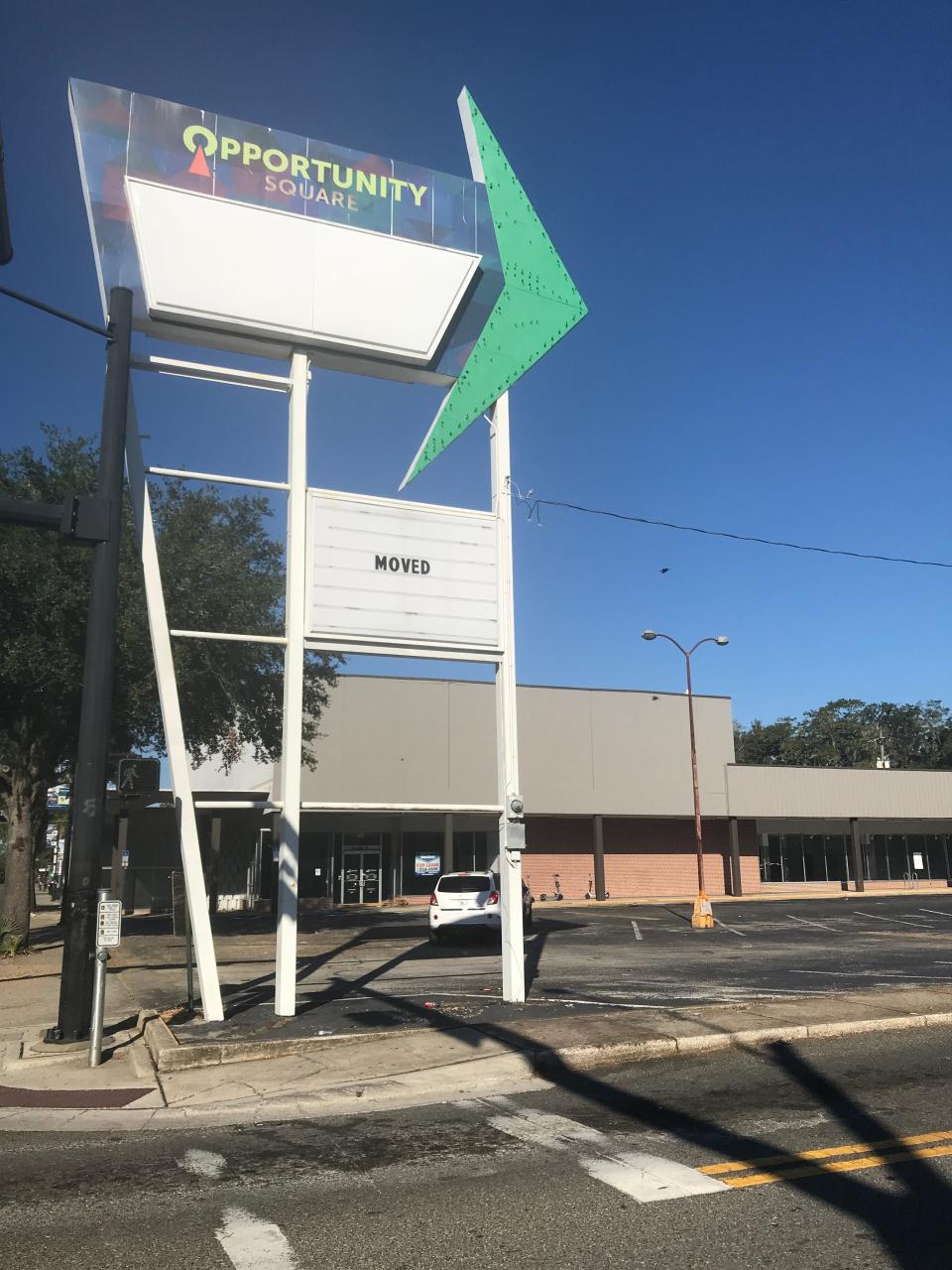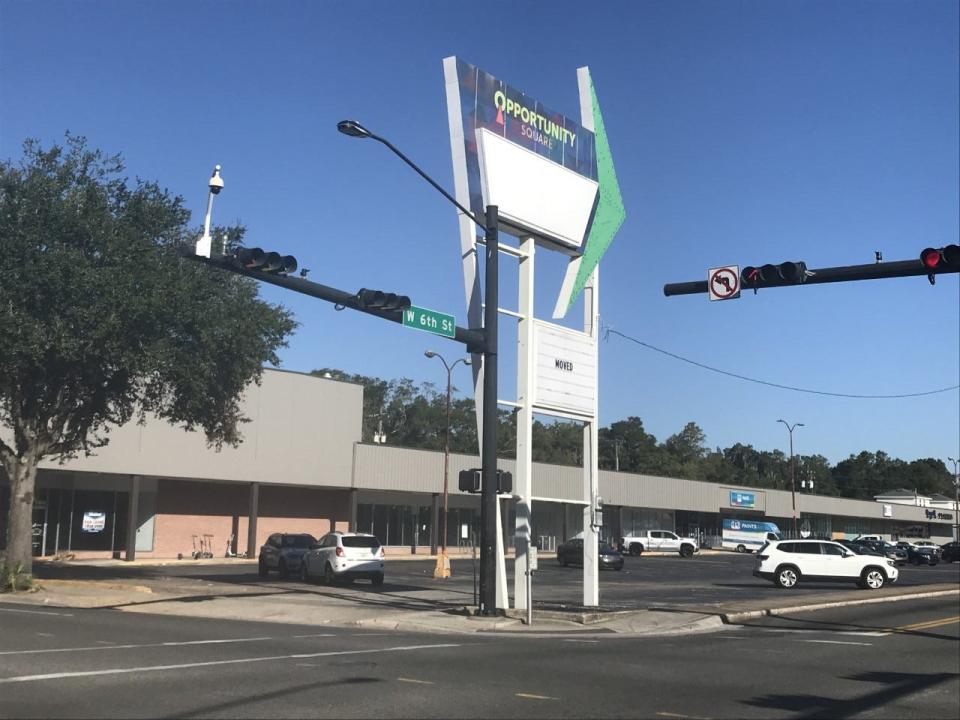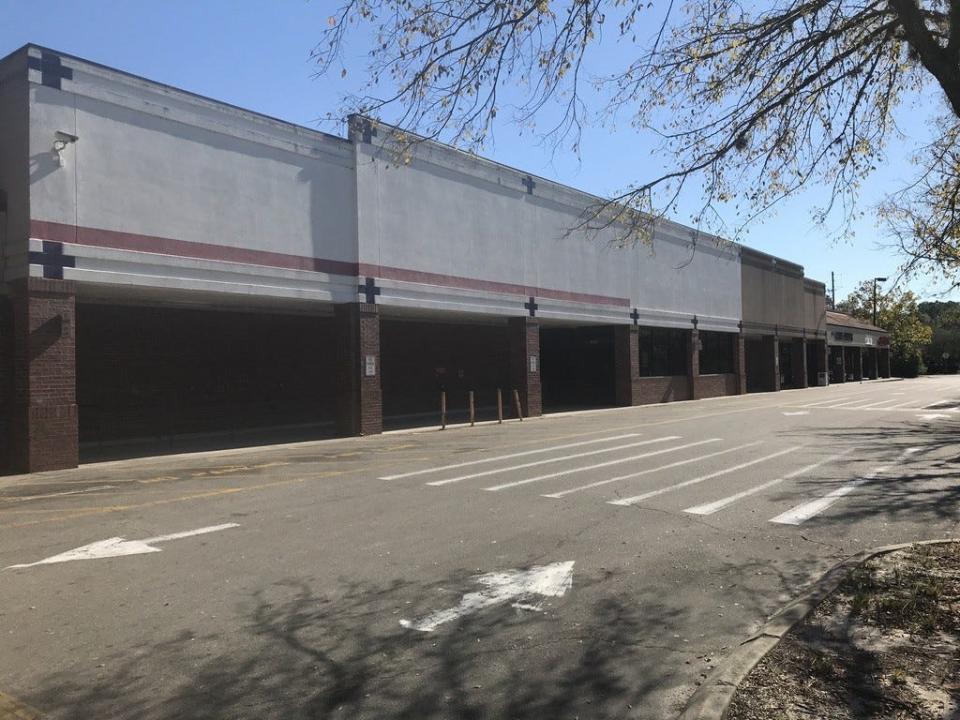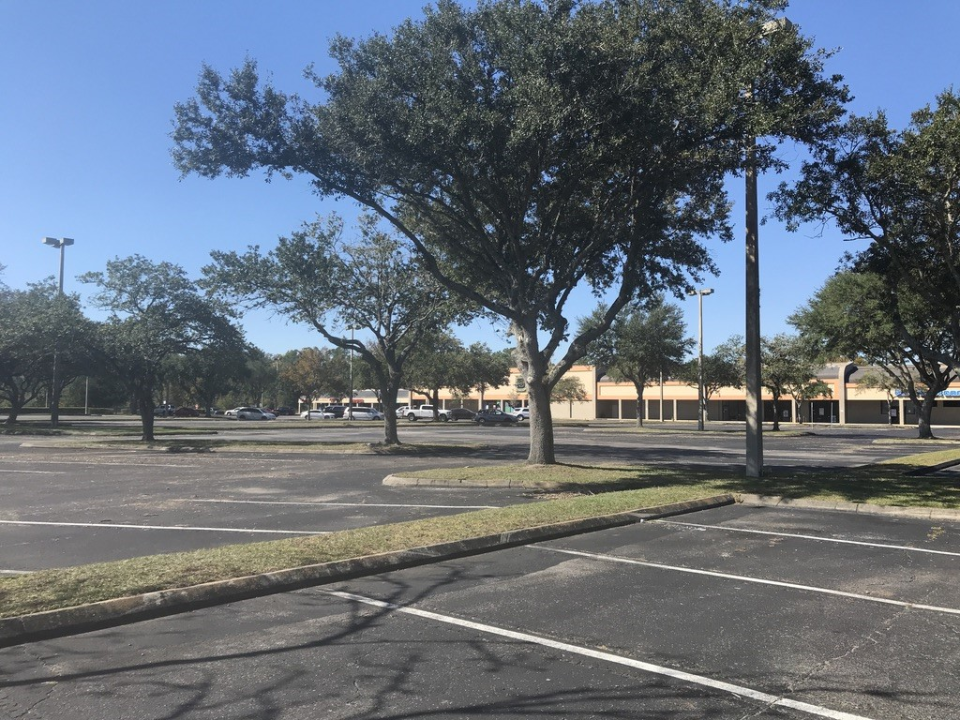Rejuvenating Gainesville’s grayfields: redevelop obsolete strip malls with apartments, new retail
Recently California passed a law rezoning commercial areas on major boulevards in cities across that state, to allow mid-rise multifamily housing.
Advising the Legislature was legendary urban designer Peter Calthorpe. His firm HDR lauded his “Grand Boulevards” proposal, saying, “The infill housing strategy would upgrade the dying strip while distributing housing throughout the region without disrupting stable neighborhoods.”
As described in the San Francisco Examiner, “The idea is to solve multiple urban-planning problems at once: redevelop obsolete strip malls and office parks, increase housing supply, bolster public transit and create vibrant new retail corridors supported by all the new residents who live within walking distance.”
How might this work, and what value might it bring to Gainesville?

Like all cities emerging in the automobile-centric 20th century, Gainesville expanded along major roadways. As housing was built farther from the city center, older commercial centers lost their customers to ever-newer suburban centers and e-commerce, leaving once-strategically located strip malls by the wayside.
Sometimes called “grayfields,” these are commercial sites that have been previously developed (not virgin “greenfield” developments, nor toxic “brownfields”). Covered with underutilized parking lots facing vacant storefronts, they even feel “gray.”
Meanwhile, the resulting ever-longer commutes along these corridors are dangerous, boring, and consume personal resources and those of the planet. Mass transit — buses, light rail, metros — should be a viable alternative. Often, though, suburban settlement patterns continue to lack the density that make public transit feasible.
Walking or biking along these routes is too often an act of desperation or defiance.
Calthorpe has argued that, to generate traffic for mass transit, we should focus increased housing density on these corridors, especially around fixed-stop transit locations like metro or bus stops. These denser developments can be designed to be walkable, pleasant and neighborly, while reducing center-city car trips.
This, in a nutshell, is what California now allows. In Gainesville, we could do the same.
More from Kim Tanzer:
Redesign existing buildings in Gainesville to create vibrant urban housing
Elimination of single-family zoning united diverse coalition in opposition
Why can’t we all live in a Duckpond? Other neighborhoods have big differences
First, let’s think of our major roadways.
Working out from Gainesville’s center we have: University Avenue, Newberry and Hawthorne roads; then Archer and Williston roads to the south; and 16th, 23rd, 39th and 53rd avenues to the north.
Running perpendicular to these, we can map Gainesville’s westward migration: Waldo Road, Main Street, Sixth Street, 13th Street/Highway 441, 34th Street, 43rd Street, 75th Street/Tower Road.
Each of these corridors is fed by many smaller local roads. Together, they carry most of our automobile traffic, our bus system and major delivery vehicles. Many are state highways.
As we witness significant development ever further away from our city’s 19th century center, let’s look at what has been left behind.
At the intersection of University Avenue and Sixth Street, one of Gainesville’s first strip shopping centers sits largely vacant. Fortuitously adjacent to the new Santa Fe Blount Center and a rail-trail, this 3-acre site could have a multi-story apartment building, either parallel to or replacing the one-story 1950s strip center.

Retail, incorporated into new buildings or the existing retro-chic building, might include coffee shops, clothing stores, bookstores or vinyl record stores. Its natural constituency, like other nearby apartment complexes, might be college students.
Further east, across Hawthorne Road from the GTEC Center, the 9.5-acre shopping center might appeal to tech start-up workers, like the San Felasco Tech City southeast of Alachua. With a multi-story apartment complex blending market rate and subsidized housing for budding entrepreneurs, it might generate the density to support a legitimate local food market, restaurants and co-working cafes.

Looking north, at Main Street and 23rd Avenue, the 13.7-acre Northside Shopping Center struggles to find tenants. Filled with apartments and some purpose-built retail, it would be a few blocks walk to Ward’s Supermarket, and a short bike ride to Satchel’s Pizza and the Repurpose Project’s recycled vintage-goods store.
Further north and west, near the intersection of 34th Street Extension and Highway 441 stands the 11.6-acre Oakwood Commons Shopping Center. It is within walking distance of a Walmart Supercenter, farmer’s market, city park and senior center. Almost equidistant between downtown Gainesville and Alachua, perhaps appealing to families splitting their attention between these towns, this is not the outskirts of one city, but the heart of our growing polycentric region.

Each of these projects, and others, would replace one hardscape with another, so no new stormwater runoff would be generated. They are on corridors built for major traffic and mass transit lines. The sites are large enough to build multistory apartments, with on-site amenities, for our community’s diverse population.
Good designers could revitalize these grayfields, creating vibrant urban neighborhoods.
Kim Tanzer lives in Gainesville. A former UF architecture professor, she was also dean of the University of Virginia's School of Architecture.
Join the conversation
Letters to the editor present the opinions of readers on news stories and other pieces published by The Sun. Share your opinion by sending a letter to the editor (up to 200 words) to letters@gainesville.com. Letters must include the writer's full name and city of residence. Additional guidelines for submitting letters and longer guest columns can be found at bit.ly/sunopinionguidelines.
Journalism matters. Your support matters.
Get a digital subscription to the Gainesville Sun. Includes must-see content on Gainesville.com and Gatorsports.com, breaking news and updates on all your devices, and access to the eEdition. Visit www.gainesville.com/subscribenow to sign up.
This article originally appeared on The Gainesville Sun: Kim Tanzer: Redevelop Gainesville strip malls with apartments, retail

